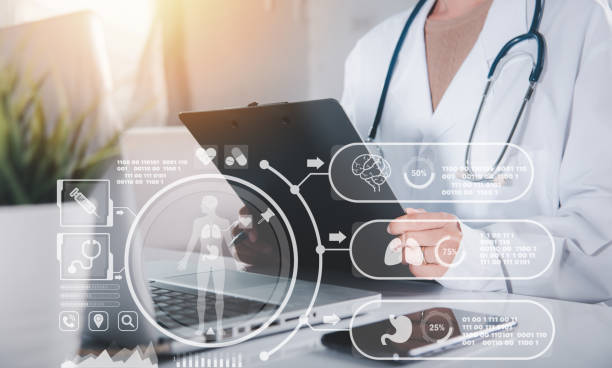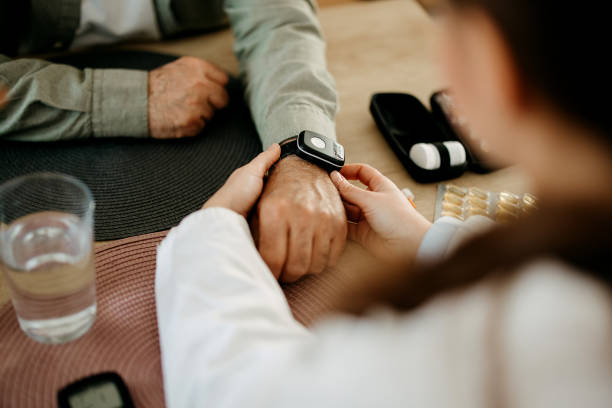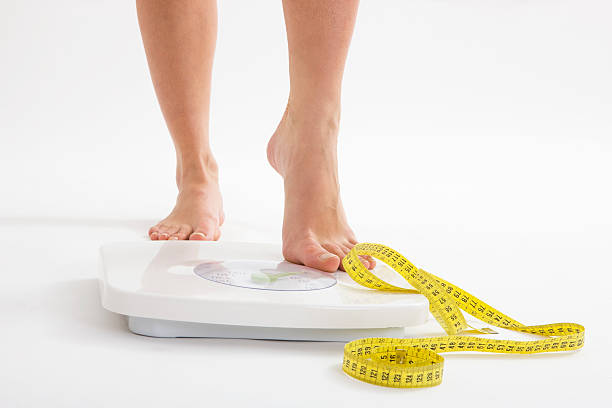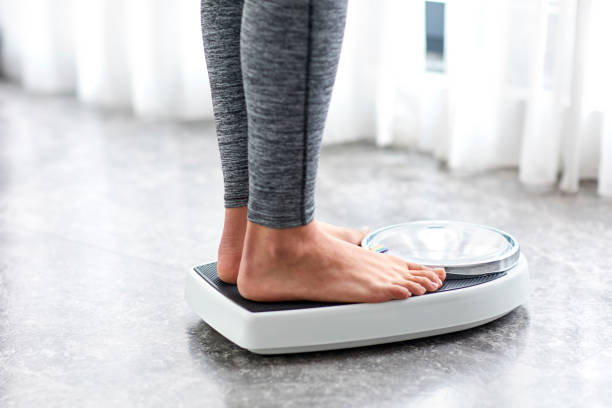

Meeting technology requirements for Remote Patient Monitoring (RPM) is crucial for the successful implementation and effectiveness of this healthcare service. RPM technology plays a key role in enabling healthcare providers to remotely monitor and manage their patients' health conditions, allowing for timely interventions and improved outcomes.
One of the main reasons why meeting technology requirements for RPM is important is because it ensures that healthcare providers have access to accurate and reliable data from patients. By using compatible devices and platforms, providers can collect real-time data on vital signs, symptoms, medication adherence, and other relevant information. This data allows them to make informed decisions about patient care, adjust treatment plans as needed, and intervene promptly in case of any abnormalities or emergencies.
Furthermore, meeting technology requirements for RPM also enhances the overall patient experience. Patients who are enrolled in an RPM program rely on these technologies to communicate with their healthcare providers, receive feedback on their progress, and feel supported in managing their health conditions from home. By ensuring that the technology used is user-friendly, accessible, and reliable, patients are more likely to engage with the program consistently and benefit from its services.
In conclusion, meeting technology requirements for RPM is essential for optimizing patient care delivery, improving health outcomes, and enhancing the patient experience. Healthcare providers must prioritize investing in appropriate technologies that meet the specific needs of their RPM programs to ensure success in implementing remote monitoring services effectively.
Remote Patient Monitoring (RPM) is an important technology that allows healthcare providers to monitor their patients' health remotely. In order to successfully implement RPM, there are several key technology requirements that must be met.
First and foremost, a reliable internet connection is essential for the transmission of patient data. This includes vital signs such as blood pressure, heart rate, and oxygen levels, as well as any other relevant health information. Without a stable internet connection, healthcare providers will not be able to receive real-time updates on their patients' health status.
Another important technology requirement for RPM implementation is the use of wearable devices or sensors. These devices are worn by the patient and can track various health metrics throughout the day. For example, a smartwatch may monitor a patient's heart rate and activity levels, while a blood glucose monitor can track blood sugar levels in diabetic patients. These devices provide valuable data that can help healthcare providers make informed decisions about their patients' care.
In addition to wearable devices, RPM implementation also requires secure software platforms for storing and analyzing patient data. These platforms should adhere to strict privacy regulations to ensure that sensitive health information is protected at all times. Healthcare providers must also have access to user-friendly interfaces that allow them to easily view and interpret patient data.
Overall, successful implementation of RPM depends on meeting these key technology requirements. By ensuring a reliable internet connection, using wearable devices or sensors, and utilizing secure software platforms, healthcare providers can effectively monitor their patients' health remotely and provide timely interventions when necessary.

Remote patient monitoring is a cutting-edge technology that allows healthcare providers to monitor their patients' vital signs and other health data from a distance.. This innovative approach has revolutionized the way hospitals care for patients, especially those with chronic conditions or who are at risk of developing complications.
So, how does remote patient monitoring actually work in hospitals?
Posted by on 2024-07-04

Remote patient monitoring is a revolutionary technology that has the potential to transform healthcare delivery in hospital settings.. By utilizing remote monitoring devices, patients can be monitored and treated from the comfort of their own homes, reducing the need for frequent hospital visits and improving overall patient outcomes.
One of the key benefits of implementing remote patient monitoring in hospitals is the ability to provide more personalized care to patients.
Posted by on 2024-07-04

Remote patient monitoring is a cutting-edge technology that has revolutionized the way hospitals and healthcare providers are able to monitor and care for their patients.. This advanced system utilizes various types of technology to allow healthcare professionals to remotely monitor patients' vital signs, symptoms, and overall health status from a distance.
One of the key technologies used for remote patient monitoring in hospitals is wearable devices.
Posted by on 2024-07-04

Integrating remote patient monitoring into hospital systems presents several challenges that need to be carefully addressed in order to ensure successful implementation.. One of the main challenges is the interoperability of different technologies and systems.
Posted by on 2024-07-04

In today's rapidly evolving healthcare landscape, the role of healthcare providers in using remote patient monitoring tools has become increasingly important.. These tools allow for the continuous tracking of a patient's vital signs and health metrics from a distance, providing valuable data that can aid in early detection of potential health issues and improve overall patient outcomes.
Healthcare providers play a crucial role in leveraging these remote monitoring tools to effectively manage their patients' care.
Posted by on 2024-07-04

Remote patient monitoring is a revolutionary technology that allows healthcare providers to gather valuable data about their patients without the need for them to physically be present in a hospital or clinic.. This technology utilizes various devices such as wearable sensors, smart watches, and mobile apps to collect real-time health information from patients in the comfort of their own homes.
The data collected through remote patient monitoring can include vital signs such as heart rate, blood pressure, oxygen levels, and body temperature.
Posted by on 2024-07-04

Remote patient monitoring is a rapidly growing trend in healthcare that has the potential to significantly improve patient outcomes and reduce healthcare costs.. By allowing patients to be monitored from the comfort of their own homes, remote patient monitoring can help catch potential health issues early, leading to better treatment outcomes and ultimately saving money for both patients and healthcare providers.
One of the key benefits of remote patient monitoring is its ability to provide continuous oversight of a patient's health status.
Posted by on 2024-07-04

In today's fast-paced world, technology is constantly evolving and revolutionizing the way we live our lives.. One area where this is particularly evident is in healthcare, with remote monitoring technology offering a new way to provide patient care.
Remote monitoring technology allows healthcare providers to keep track of their patients' health status from a distance, using devices such as wearable sensors or smartphone apps.
Posted by on 2024-07-04
Remote patient monitoring (RPM) is a rapidly growing field in healthcare that allows providers to monitor and manage patients' health outside of traditional clinical settings. In order for RPM to be successful, there are specific hardware and software specifications that need to be met.
First and foremost, the hardware used for RPM must be reliable and user-friendly. This includes devices such as blood pressure monitors, glucose meters, and wearable fitness trackers. These devices should be easy for patients to use on their own, with clear instructions and minimal setup required. Additionally, they should have long battery life and be able to connect wirelessly to other devices or platforms.
On the software side, RPM technology requires a secure platform for storing and transmitting patient data. This platform should be compliant with HIPAA regulations to ensure patient privacy and confidentiality. The software should also have the ability to analyze and interpret the data collected from remote monitoring devices, providing actionable insights for healthcare providers.
Furthermore, interoperability is key when it comes to RPM technology requirements. The hardware and software used in remote monitoring should be able to integrate seamlessly with electronic health records (EHR) systems and other healthcare IT infrastructure. This will allow for real-time communication between patients, caregivers, and providers, leading to more coordinated care and better outcomes.
In conclusion, successful remote patient monitoring relies on the right combination of hardware and software specifications. By ensuring that these requirements are met, healthcare organizations can effectively implement RPM programs that improve patient engagement, streamline workflows, and ultimately drive better health outcomes.
Data security and privacy are paramount considerations when implementing Remote Patient Monitoring (RPM) technology. As the healthcare industry increasingly adopts digital solutions to monitor patients remotely, it is crucial to ensure that sensitive patient data is protected from unauthorized access.
One key consideration for data security in RPM technology is encryption. All patient data transmitted between devices should be encrypted to prevent interception by hackers. Additionally, access controls should be implemented to restrict who can view and modify patient information. This helps to prevent unauthorized individuals from accessing confidential medical records.
Another important aspect of data security in RPM technology is ensuring compliance with regulations such as the Health Insurance Portability and Accountability Act (HIPAA). Healthcare providers must adhere to strict guidelines regarding the storage and transmission of patient data, including obtaining consent from patients before collecting their information.
Privacy concerns also play a significant role in RPM technology requirements. Patients need assurance that their personal health information will not be shared without their consent. Transparent communication about how data will be used and stored is essential to building trust with patients.
In conclusion, data security and privacy are critical considerations when implementing RPM technology in healthcare settings. By prioritizing encryption, access controls, regulatory compliance, and transparent communication with patients, healthcare providers can ensure that remote monitoring technologies are safe and secure for all parties involved.
When it comes to meeting the requirements of RPM technology, there are certainly challenges that organizations may face. One major challenge is ensuring that the necessary infrastructure and resources are in place to support the implementation of RPM technology. This can include having the right hardware, software, and network capabilities to effectively monitor and manage remote devices.
Another challenge is keeping up with rapidly evolving technology and regulatory requirements. As new advancements are made in RPM technology, organizations must stay informed and adapt their systems accordingly to remain compliant and competitive.
In addition, there may be resistance from staff members who are not familiar with or comfortable using RPM technology. Training and education programs may be needed to ensure that all employees are on board and able to effectively utilize these tools.
Despite these challenges, there are potential solutions that can help organizations successfully meet the requirements of RPM technology. Investing in robust infrastructure and staying current with technological advancements can help ensure that systems remain efficient and effective.
Collaborating with industry partners and regulatory bodies can also provide valuable insights and guidance on best practices for implementing RPM technology. Additionally, offering comprehensive training programs for employees can help increase adoption rates and improve overall efficiency within an organization.
By addressing these challenges head-on and implementing these potential solutions, organizations can position themselves for success in meeting the requirements of RPM technology.
Remote Patient Monitoring (RPM) technology has revolutionized the way healthcare providers deliver care to their patients. By using RPM technology, healthcare professionals can monitor and track patients' vital signs and health data in real-time from a distance, allowing for more efficient and effective care management.
Case studies showcasing successful implementation of RPM technology have demonstrated its ability to improve patient outcomes while reducing healthcare costs. One such case study involved a group of elderly patients with chronic conditions who were enrolled in an RPM program. Through the use of wearable devices that monitored their blood pressure, heart rate, and activity levels, these patients were able to receive timely interventions when their health indicators deviated from normal ranges.
Another case study focused on a rural community clinic that implemented RPM technology to monitor diabetic patients remotely. By tracking their blood sugar levels and medication adherence through a mobile app, the clinic was able to provide personalized care plans and interventions that resulted in improved glycemic control and reduced hospitalizations.
These success stories highlight the importance of meeting the specific requirements of RPM technology implementation, such as user-friendly interfaces, seamless integration with existing electronic health records systems, and ongoing support for both healthcare providers and patients. By prioritizing these requirements, healthcare organizations can ensure a smooth transition to RPM technology and maximize its potential benefits for patient care.
In conclusion, case studies illustrating successful implementation of RPM technology serve as valuable examples for other healthcare providers looking to adopt this innovative approach to care delivery. By focusing on the unique requirements of RPM technology and leveraging its capabilities effectively, healthcare organizations can enhance patient outcomes, reduce costs, and ultimately improve the quality of care provided to their communities.